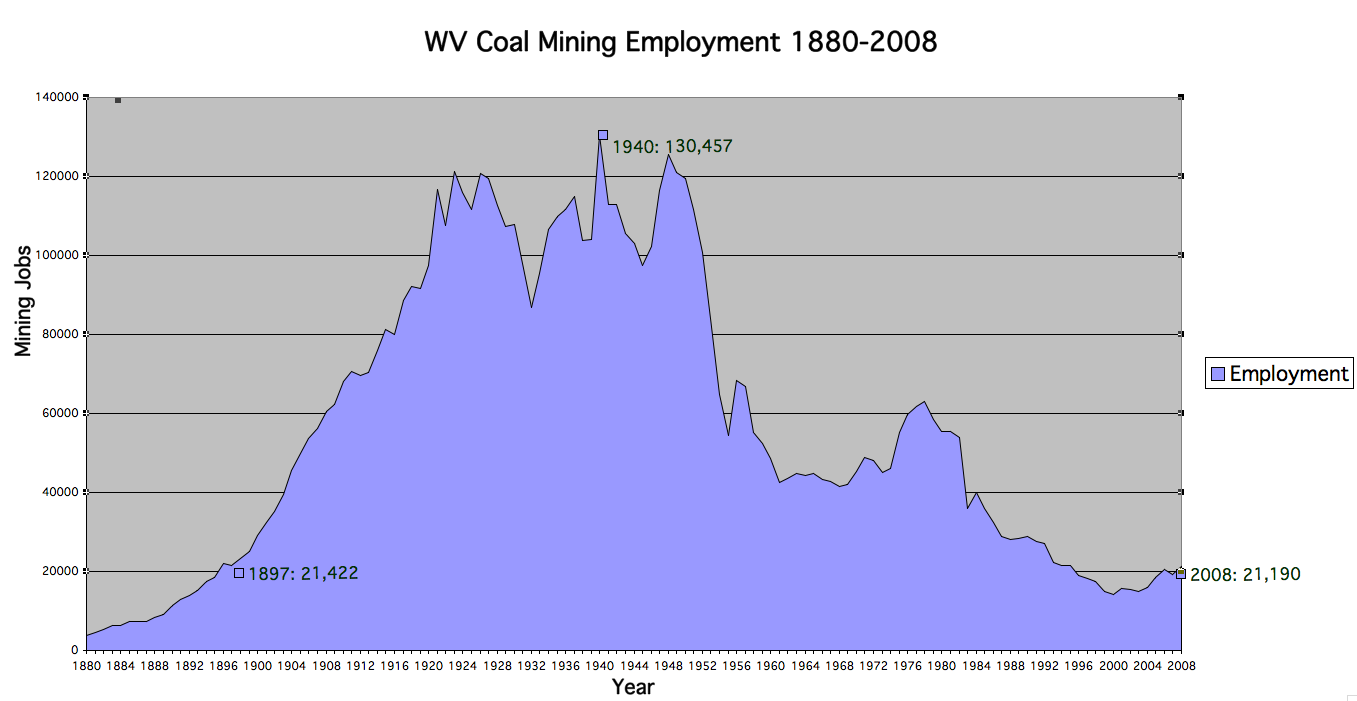 Cross posted from The Real Ewbank.
Cross posted from The Real Ewbank.
Of all the news and commentary I read about Earth Hour in Australia, not once did I see a mention of the billions of people that now live in energy poverty. Event organizers and commentators failed to discuss the fact that while millions of people around the world symbolically switched off their lights for one hour, billions are desperate to turn their lights on.
According to the Baker Institute at Rice University:
“…roughly 1.6 billion people, which is one quarter of the global population, still have no access to electricity and some 2.4 billion people rely on traditional biomass, including wood, agricultural residues and dung, for cooking and heating. More than 99 percent of people without electricity live in developing regions, and four out of five live in rural areas of South Asia and sub-Saharan Africa.”
For an event that professes to support climate change solutions, one would think that addressing energy poverty without wrecking our climate would feature prominently in Earth Hour campaigning. So why was energy poverty ignored? And what does this say about the environmental thinking that informed Earth Hour?
 The Earth Hour event spearheaded by the WWF rightly draws attention to the adverse impact of our carbon-intensive energy economies. However, it presents a misleading picture of the cause of climate change and its solutions. Energy consumption it not the problem, it’s the use of specific energy sources like coal, gas and oil that must be stopped. This objective will not be achieved by switching off the lights. It will be achieved by a comprehensive renewable energy policy that seeks to make clean energy cheap, as soon as possible. By asking the community to switch off the lights and other energy consuming devices for one hour, the campaign wrongly communicates electricity consumption as the main cause of climate change.
The Earth Hour event spearheaded by the WWF rightly draws attention to the adverse impact of our carbon-intensive energy economies. However, it presents a misleading picture of the cause of climate change and its solutions. Energy consumption it not the problem, it’s the use of specific energy sources like coal, gas and oil that must be stopped. This objective will not be achieved by switching off the lights. It will be achieved by a comprehensive renewable energy policy that seeks to make clean energy cheap, as soon as possible. By asking the community to switch off the lights and other energy consuming devices for one hour, the campaign wrongly communicates electricity consumption as the main cause of climate change.
While supporters of Earth Hour might argue that climate solutions involve more than turning off the lights, the big switch off remains the central message communicated by the event. WWF’s decision to frame climate change as a problem of pollution from energy consumption excludes the other drivers of climate change, including deforestation, agricultural practices, the design of our cities, and structure of our economies, to name a few. The narrow problem definition obscures the multiple causes of climate change, barriers to action, and the creative solutions to address them.
The WWF’s Earth Hour campaign reflects what the Breakthrough Institute’s Ted Nordhaus and Michael Shellenberger call the ‘pollution paradigm’—a mindset where human actions are understood as harmful intrusions that pollute environments that are constructed as pure, natural, distinct and separate from humans. Within this model the aim of environmental action, or in this case Earth Hour, logically seeks to limit and control such intrusions. This paradigm and its tacit assumption that humans are not environment helps explain why the Earth Hour campaign fails to account for the billions who live without energy.
This thinking is still prevalent in environmental thought and action, and has no doubt motivated the anti-Earth Hour backlash. Created by the US based libertarian think tank the Competitive Enterprise Institute, and promoted in Australia by the Conservative Leadership Foundation, Human Achievement Hour seeks to reframe energy use as a symbol of human greatness, not sin. It is a conservative rejection of a moralizing climate change discourse that promotes self sacrifice and the notion that humans ought to be ashamed of enjoying the benefits of a modern economy. Some environmentalists will dismiss the conservative critique that Earth Hour ignores human achievement as more right wing madness, reminiscent of the US Tea Party movement. Yet, the conservative claim is valid, and environmentalists ignore it at their peril.
Of course it’s worthwhile to consider human achievement, but contrary to the Competitive Enterprise Institute’s belief, our civilization’s use of energy is only a partial success. How can we celebrate Human Achievement Hour when so many live without access to electricity? By this measure the Competitive Enterprise Institute is as guilty as WWF for failing to mention the poor (although they do so for different reasons). And the ideological battle between old environmentalism and modern conservatism does nothing more than obscure the challenge of poverty further.
So is their hope for Earth Hour? Can it adapt to account for energy poverty? I think it can. With some simple changes to its messaging, WWF can reframe the event and break out of the narrow environmental thinking that constrains it. By embracing a platform of sustainable development WWF can present the symbolic act as a way of experiencing the energy poverty that billions endure every day. The campaign would then elevate the need to make clean energy cheap to overcome the dual challenges of poverty and climate change.
Regardless of how you spent last Saturday night, whether it involved Earth Hour, Human Achievement Hour, both, or neither, we must ensure that energy poverty receives the attention it deserves in the future. Until renewable energy is cheaper than coal and other fossil fuels, developing nations are destined to build carbon-intensive energy infrastructures, making it more difficult for the world to limit climate changes. We must build a campaign around powering the world with renewable energy so we can celebrate our earth and human achievement every day.
And another thing…
Regardless of whether you agree with the conservative critique of Earth Hour, the arguments put forward by Human Achievement Hour have the potential to appeal to large swathes of the public. It takes no stretch of the imagination to see that people might be attracted to an event that is free from guilt. Does the environment movement really want to be associated with turning the power off, especially now that there is an opponent that has claimed to represent human progress and modern living? The emergence of this group demonstrates that a campaign built on the foundation of a pollution paradigm is limited in its ability to reach new audiences and attract support from across the political spectrum.



























